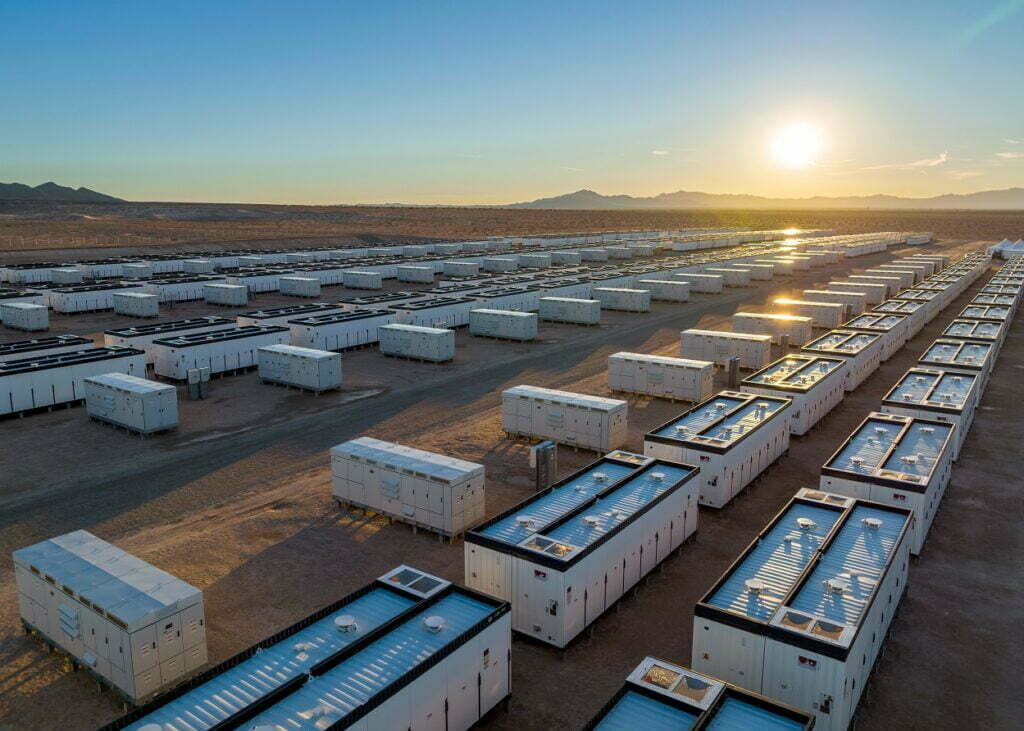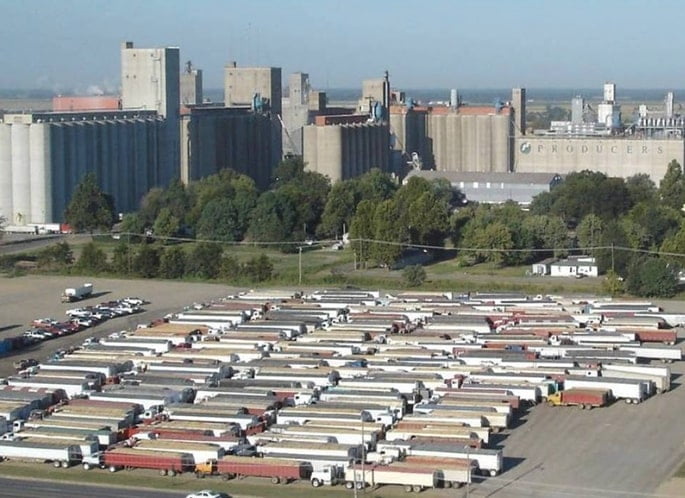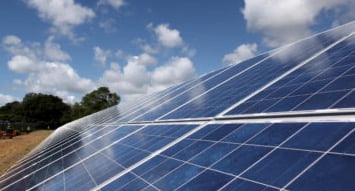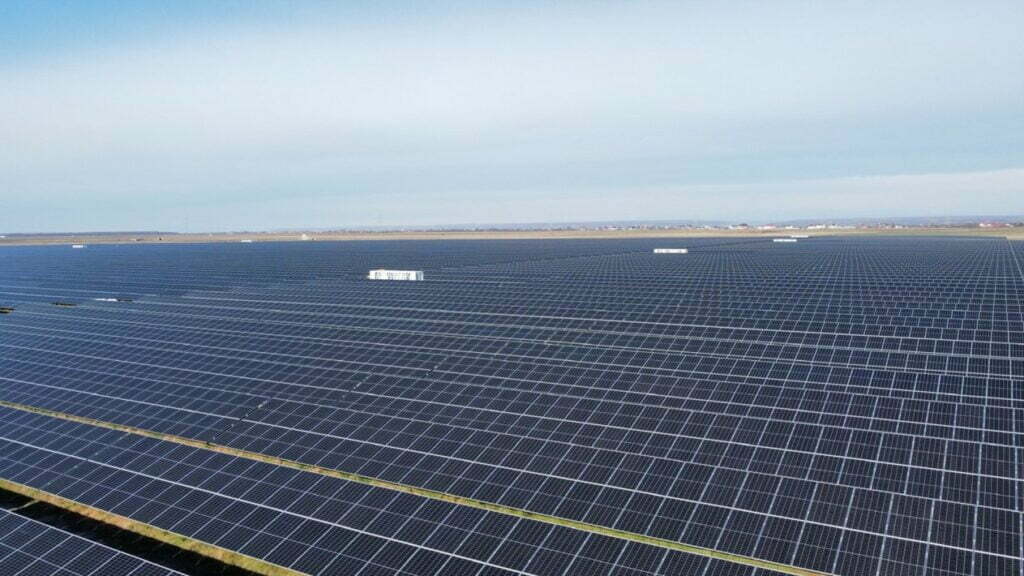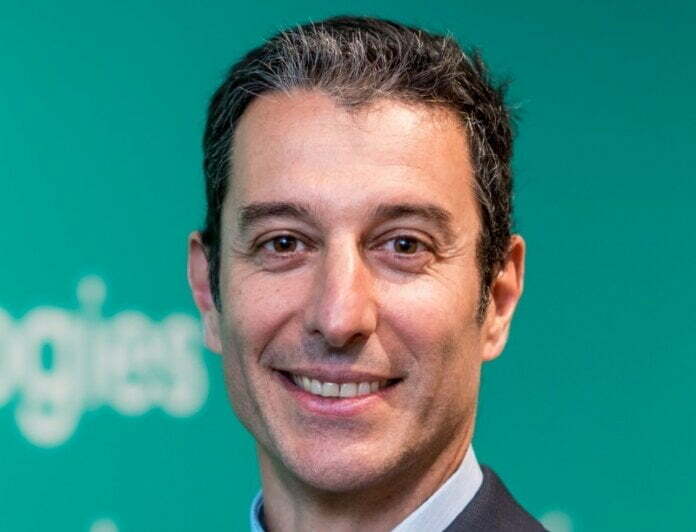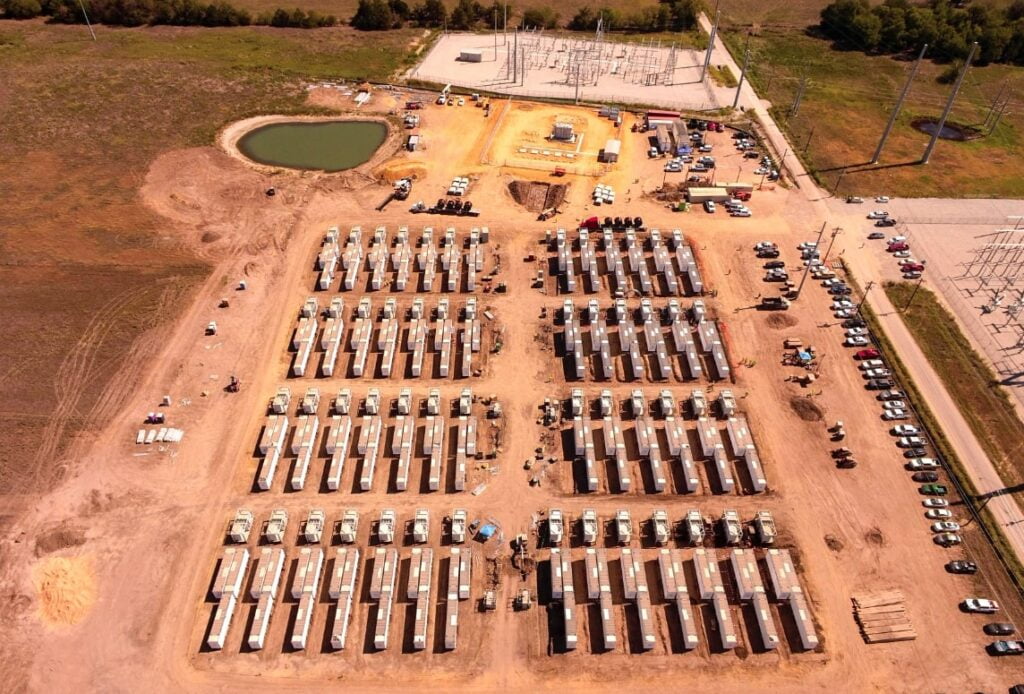Crimson Energy Storage in California, at 1,400MWh, was the largest single site BESS project to come online in the US during 2022. It was developed by Canadian Solar’s developer division Recurrent Energy. Image: Recurrent Energy.
Canadian Solar doubled its energy storage shipments to 1.79GWh in 2022 although expects significantly lower growth in 2023.
The PV module manufacturer’s energy storage system integrator subsidiary CSI Energy Storage contributed around 6% of total sales, with the rest from solar module shipments. That ratio is likely to grow, however, with significant growth in its battery storage business and a much larger pipeline than for solar.
It grew its contracted battery storage order book to US$1 billion as of the start of 2023, while its overall battery storage development pipeline is 47GWh, compared to 25GW for solar. Based on the ratio of revenue to GWh shipments, that storage pipeline could equate to over US$11 billion in long-term revenues.
However, the company is providing FY2023 guidance of 1.8-2GWh of battery storage shipments in 2023, meaning growth somewhere between 0.5% and 11.7%, of 5% as a mid-point. The wider battery storage market on the other hand is expected to roughly double deployments in 2023.
A lot of this is down to moving from a white labelled utility-scale energy storage product to its own manufactured Solbank product, announced in September, and the long lead times in the sector.
Commenting on this, CSI Solar president Yan Zhuang said: “2023 is going to be a transition year for our battery storage shipments, especially considering the longer order fulfillment lead times for battery storage compared to solar. This is why we expect flat deliveries year-over-year in 2023. However, we have very strong visibilities over our long-term growth.”
Canadian Solar CEO Shawn Qu added that the lower growth reflects “….this year’s transition from white label to our own manufactured products.”
Zhuang later expanded: “So we need to work on certification, bankability stuff. So that’s the pipeline we have today is more towards second half of this year, not first half of this year. So in terms of recognition and shipments, it’s kind of very much skewed to the end of this year. And however, if you look at our signed contract, the signed contract carries about US$1 billion already. And that number is increasing every quarter rapidly. So we’re expanding our total storage SolBank capacity towards 10GWh by [100%]. Reason behind this, we know next year, we’re not going to have enough capacity. So next year will be the real growth. This year is a transition.”
Long-term pipeline
Some 12GWh of the 47GWh pipeline is more advanced with grid interconnections secured, with the remainder described as ‘early-stage’. A third of the advanced pipeline is in North America and South America, each, with 22% in EMEA and the remainder in China and Asia Pacific (excluding Japan).
The 47GWh pipeline overall breaks down geographically as follows: 41% in North America, 10% in South America, 27% in EMEA, 16% in China, with the bulk of the remaining 4.5% in the rest of Asia Pacific and a small amount in Japan.
Just 320MW of the pipeline, all in Asia Pacific, is under construction as of 31 March, 2023, with the remainder of the 12GWh more advanced pipelined described as ‘backlog’ and ‘advanced pipeline’.
CSI Energy Storage recently secured major orders from UBS and Blackstone’s Aypa Power. The developer arm of Canadian Solar, Recurrent Energy, also deployed the largest lithium-ion battery storage project commissioned in 2022, Crimson, in California, at 1,400MWh.
CSI Energy Storage also recently launched its residential battery storage product the EP Cube.
Conference call transcript from Seeking Alpha.
Energy-Storage.news’ publisher Solar Media will host the 5th Energy Storage Summit USA next week, on the 28-29 March 2023 in Austin, Texas. Featuring a packed programme of panels, presentations and fireside chats from industry leaders focusing on accelerating the market for energy storage across the country. For more information, go to the website.
Continue reading

